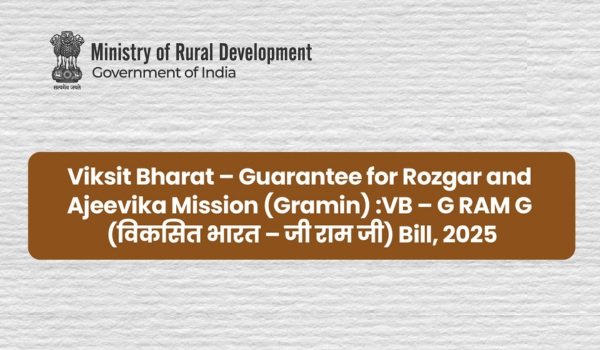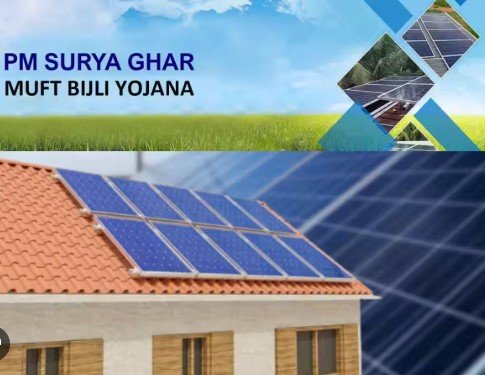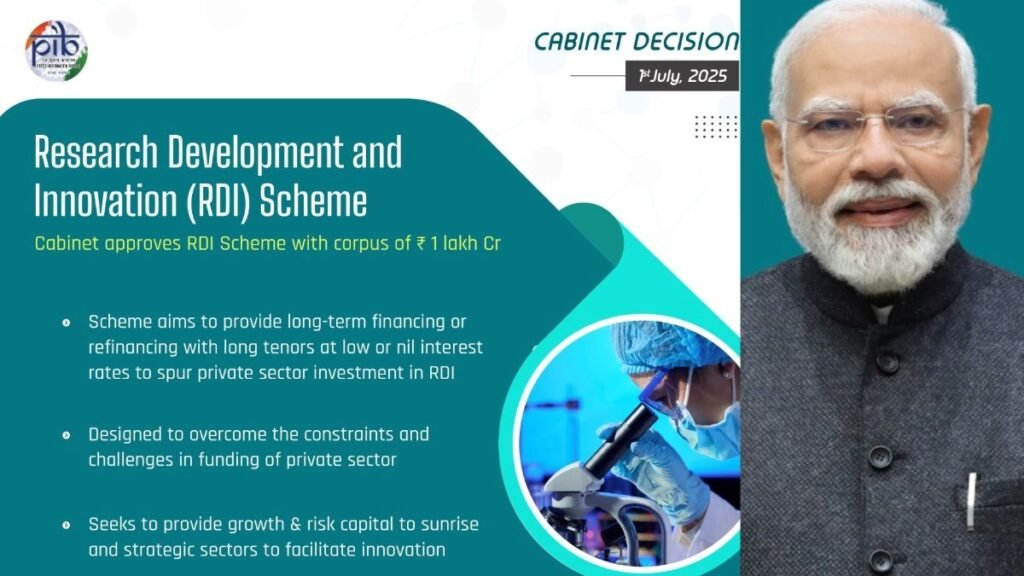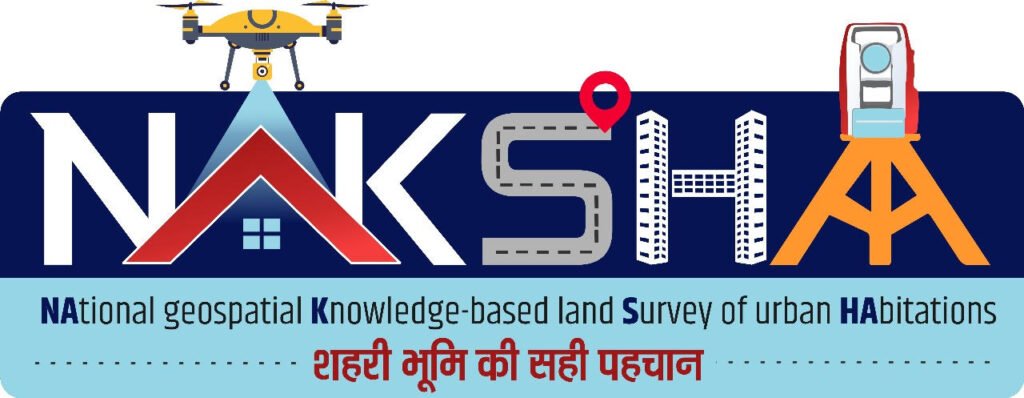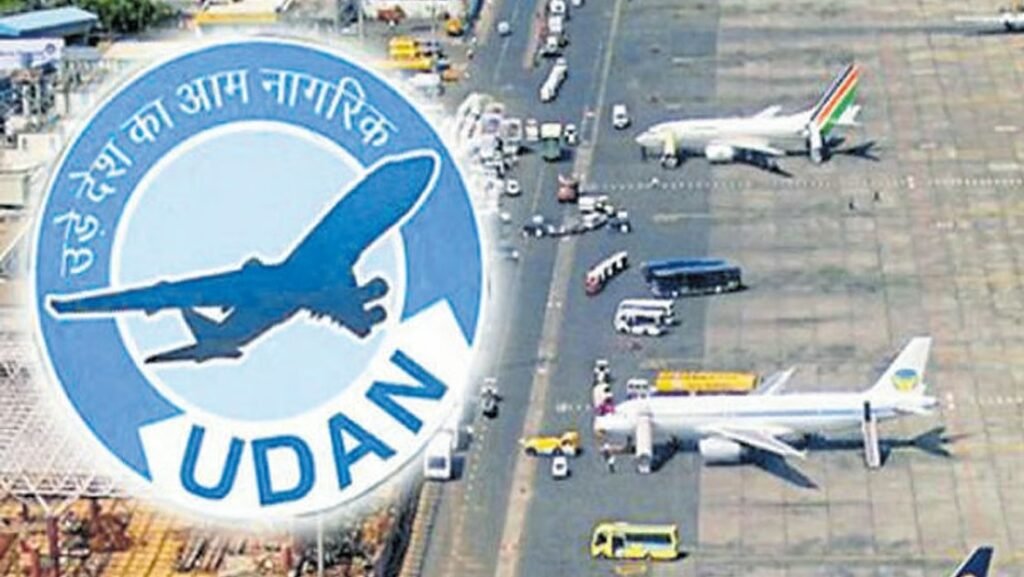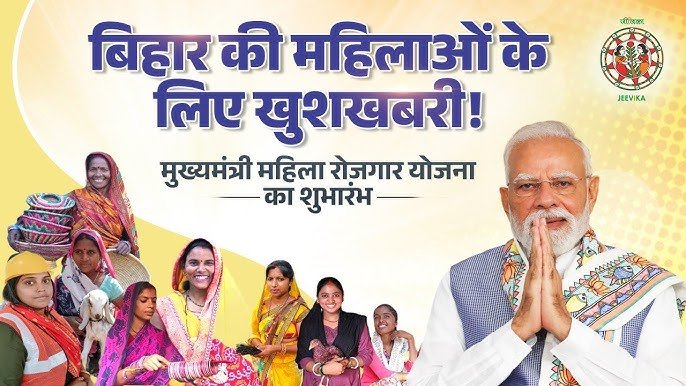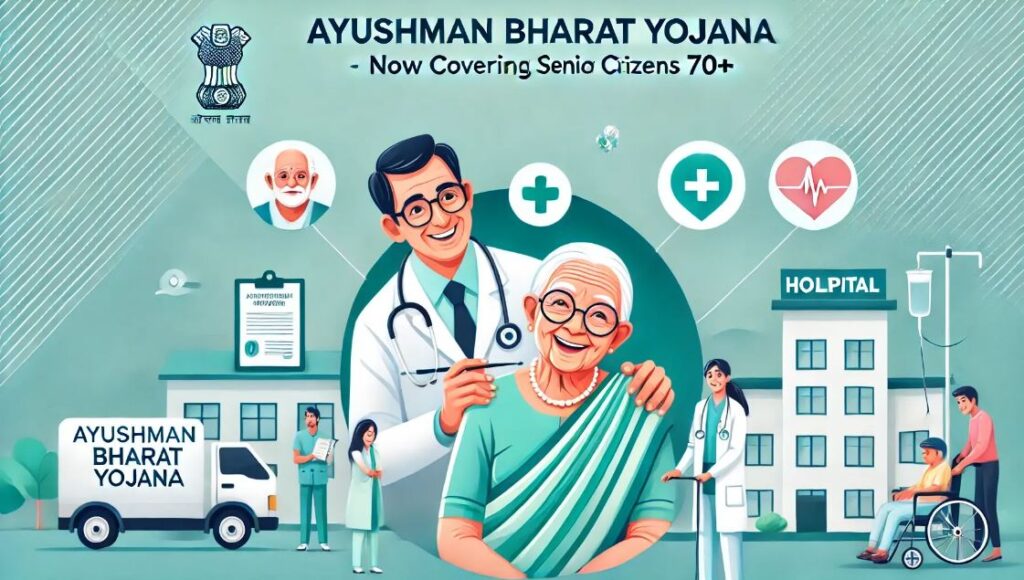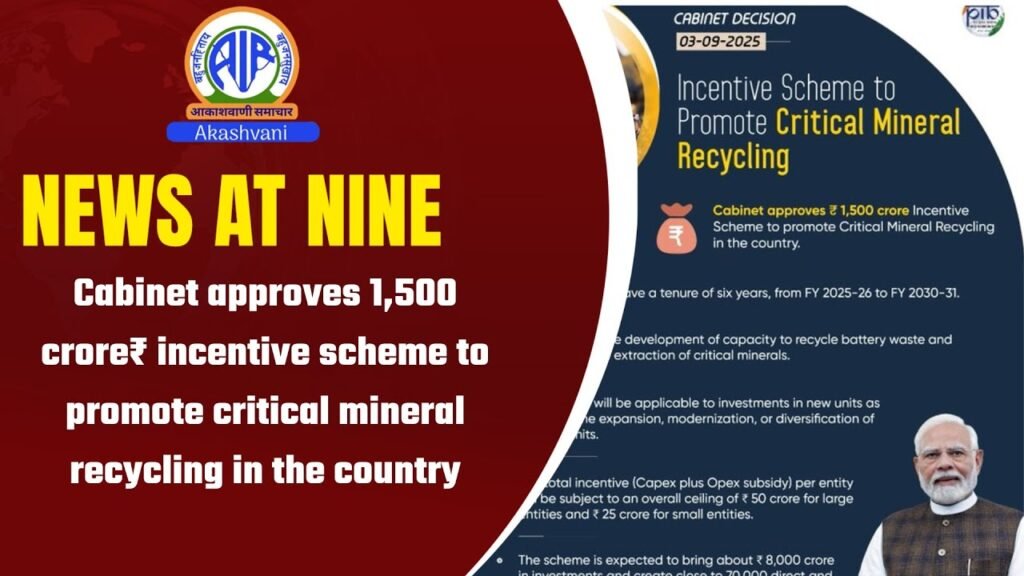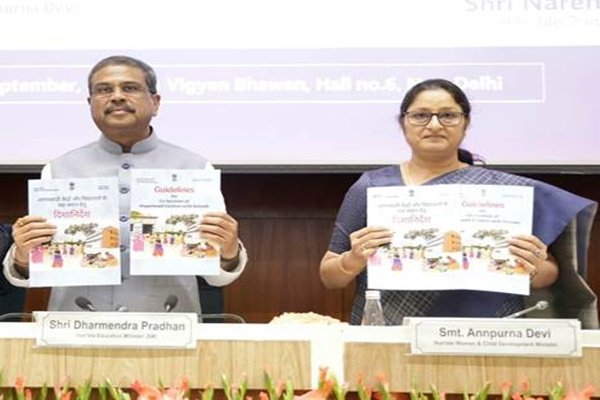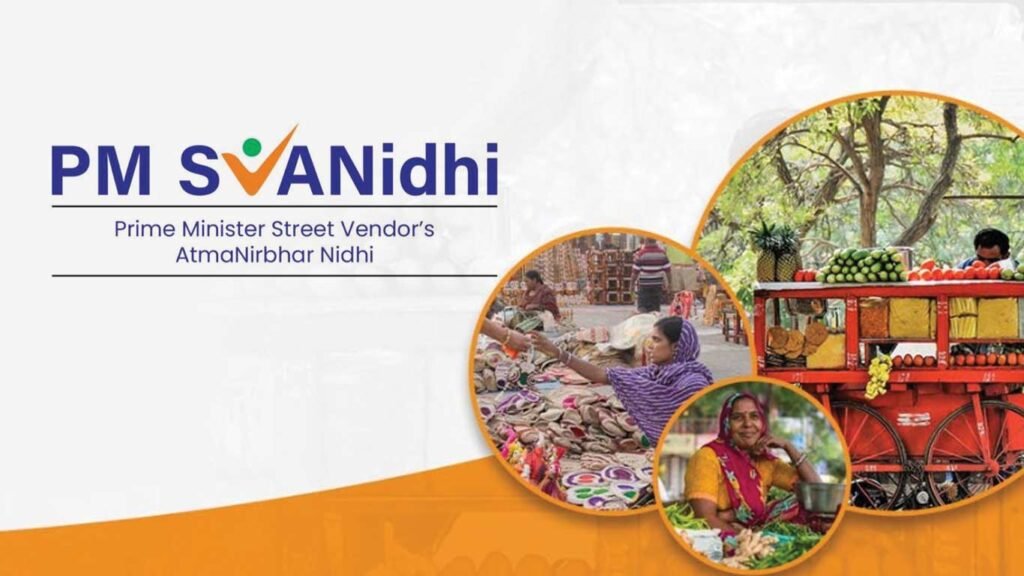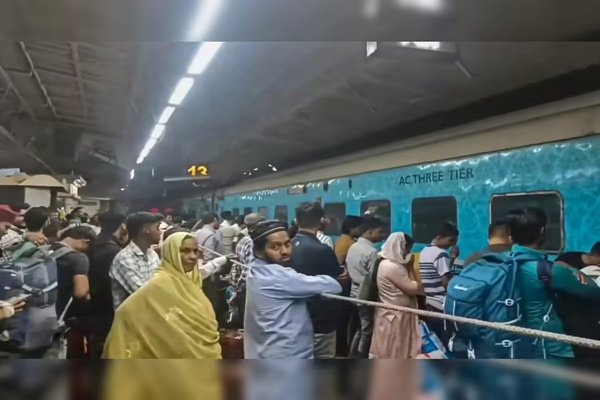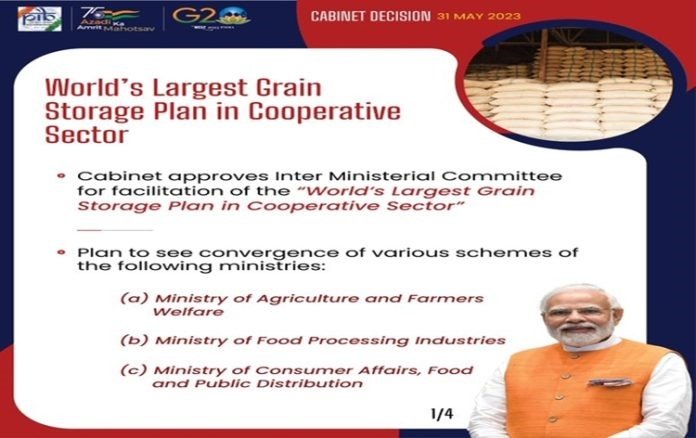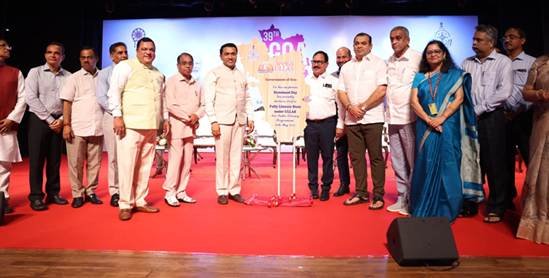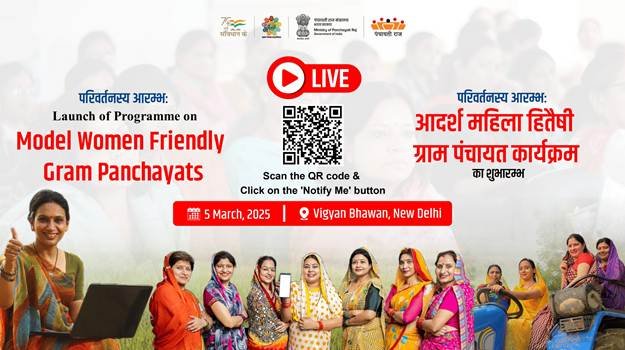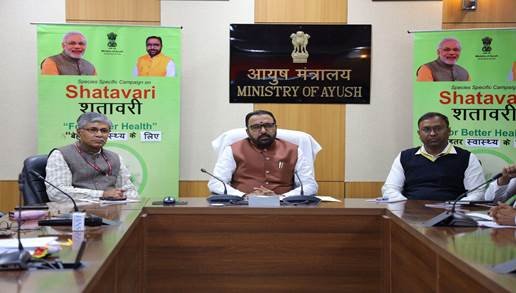VB-G RAM G Bill 2025: New Law to Replace MGNREGA
The Viksit Bharat–Guarantee for Rozgar and Ajeevika Mission (Gramin) Bill, 2025 (VB-G RAM G Bill) was introduced in the Lok Sabha on 16 December 2025. It proposes to replace the Mahatma Gandhi National Rural Employment Guarantee Act (MGNREGA), marking the biggest reform in India’s rural employment framework in over two decades.
About MGNREGA
MGNREGA, enacted in 2005, guarantees 100 days of wage employment per year to rural households. It has been one of India’s largest social security schemes, providing livelihood support, reducing rural distress, and creating basic rural assets.
What the New Bill Proposes
- Guaranteed Employment: Increases assured work from 100 days (MGNREGA) to 125 days annually.
- Infrastructure Focus: Shifts from temporary works to durable rural infrastructure like roads and irrigation.
- Digital & Transparent System: Real-time wage payments, digital tracking, and stricter audits.
- Skill Development: Training for rural workers to meet modern economic needs.
- Funding Change: Revises the Centre–State funding ratio, raising concerns among states.
